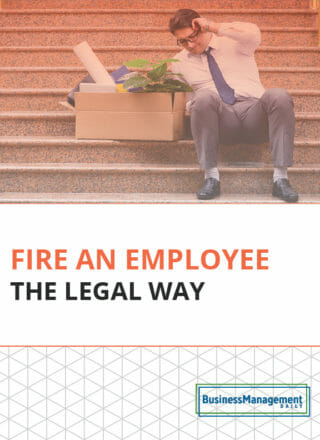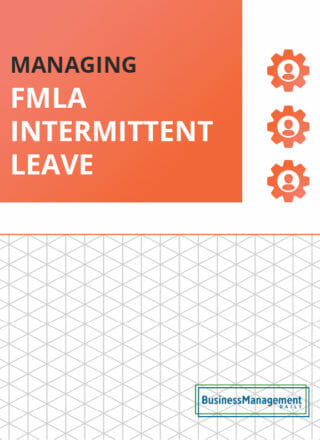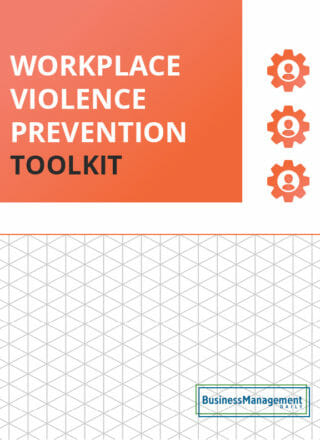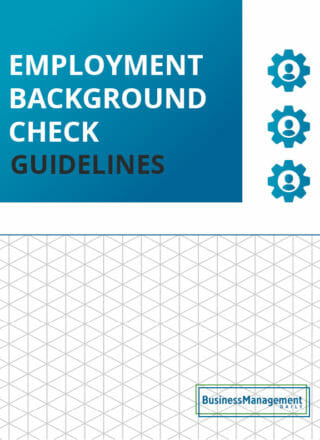How To Conduct A High-Risk Termination To Avoid Any Chance Of Workplace Violence
Let’s face it, being fired stinks. Some employees, however, handle the news better than others. According to a survey by Risk Control Strategies, a threat management and risk assessment firm headquartered in New York City, job loss was cited by employers both big and small as one of the top three factors that contributed to instances of workplace violence at their firms. Eighty-one percent of the 602 senior executives surveyed reported that the number of violent incidents at their firms increased over the last two years, and 58% blamed that increase, in large part, to job loss.
One reason ex-employees might seek revenge against their employers is because, in their eyes, their employer embarrassed them on their way out, e.g., hovered over them while they packed up their workspace; had security escort them out for no good reason. Allowing employees to leave with dignity will go a long way in dissipating their anger over being let go. Here’s how to ensure that employees don’t leave your organization with a bad taste in their mouth.
- Conduct the termination meeting in a neutral location so the employee doesn’t feel cornered and attacked.
- Schedule the meeting early in the week. Giving the employee the news on a Monday, for example, prevents him/her from plotting revenge over the weekend and allows the company to start immediate outplacement services.
- Explain why the employee is being let go and answer any questions he/she may have about benefits, pay, etc. Be sure to stress that the decision to terminate is nothing personal.
- Offer outplacement services. Doing so focuses the employee’s attention on the future and discourages brooding about the past.
- Inform the employee that he/she may use the company’s grievance procedure for any final work-related complaints.
- Allow the employee to collect his/her personal belongings after hours, during lunchtime, or over a weekend (with a management employee present, of course) when fewer colleagues are around.
- Collect company belongings from the employee during this time also; or at least behind closed doors, out of the sight of others.
- If it’s necessary to supervise the employee as he/she packs up personal effects and/or as he/she leaves the premises, be subtle about it. Avoid hovering over the employee as he/she packs up or taking the employee by the arm as he/she walks out.
If the employee’s behavior pre-termination causes you to fear that he/she poses a risk to other employees, yourself, or the company, put these defensive strategies to work.
- Conduct the termination with a third party present. If necessary, make sure security is nearby.
- Place physical obstructions, such as a desk, between you and the employee when delivering the termination news.
- Sit closer to the door. Never place a volatile employee between you and the exit.
- Be prepared to get the employee off the premises as quickly as possible. This means having in hand his/her final paycheck, information on benefits, and the like, plus a number to call if he/she has questions. This may also mean not allowing the employee to clean out his/her workspace. Instead, have a supervisor do it, then ship the employee’s personal belongings to his/her residence.
- Beef up security post-termination. Change locks; deactivate the employee’s keycard or badge; change passwords; notify building security.





